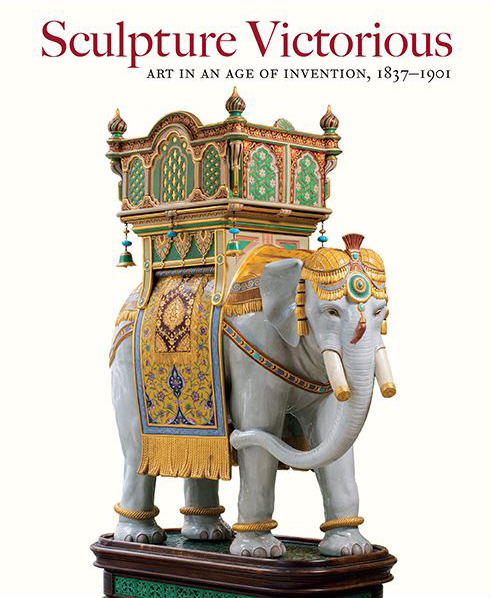Impact
Our research has been used by the Louvre, the National Gallery, Tate Galleries, the V & A Museum, the Yale Center for British Art, and many others to inform their exhibitions, and enhance the presentation of their collections to the public. Our architectural research has also improved the conservation of Britain's built heritage. Our regular public talks and workshops have enhanced cultural life, understanding, and brought pleasure to many.
- Enhancing cultural life, understanding and pleasure - Using our research to inform and inspire public exhibitions, and delivering public talks and seminars
- Informing cultural policy - Providing first-hand evidence to shape policies towards the conservation of our built heritage in England and Europe
- Supporting the work of museums and galleries - Helping to engage the public with the rich artistic tradition of Britain, researching and cataloguing important primary materials and improving display and interpretation in museums and galleries for the public.
Supporting the preservation and conservation of Renaissance art in Venice
Re-presenting the Gallerie dell’Accademia
 Venice is one of the most notable historic sites in the world; millions of visitors flock every year to enjoy its unique, vast artistic heritage. Across the last few decades this heritage has been threatened by increased flooding due to rising sea levels and the uncontrollable growth of tourism, threatening the sustainability of this artistic heritage and compelling local museums and art galleries to prioritise the way they communicate with, and attract, an increasingly diverse international audience.
Venice is one of the most notable historic sites in the world; millions of visitors flock every year to enjoy its unique, vast artistic heritage. Across the last few decades this heritage has been threatened by increased flooding due to rising sea levels and the uncontrollable growth of tourism, threatening the sustainability of this artistic heritage and compelling local museums and art galleries to prioritise the way they communicate with, and attract, an increasingly diverse international audience.
Dr Giorgio Tagliaferro is a world-leading expert on Titian, Tintoretto and Veronese and the importance of viewing their work through a site-specific lens, both in relation to the historical context in which their work was created and the context in which it is viewed by contemporary audiences. Since 2015, Tagliaferro has worked with major philanthropic organisation Save Venice Inc. to help enable the preservation and conservation of the artwork of some of the world’s greatest painters. His research has also helped the historic Gallerie dell’Accademia reimagine its collection of 16th century masterpieces for a modern audience of tourists and Venetians alike.
 Interpreting stone masonry
Interpreting stone masonry
Buildings that date back to medieval times are an important part of our cultural heritage. To preserve this history, conservators and architects need to understand how they were built, what materials were used and why, and how engineering questions were solved in the past.
Dr Jenny Alexander’s research has enabled the historical preservation and reconstruction of buildings such as Croyland Abbey, Hexham Abbey and Lincoln Cathedral in UK, as well as UNESCO world heritage site Santiago de Compostela Cathedral in Spain.
 Displaying Victorian sculpture
Displaying Victorian sculpture
A three-year collaborative project which seeks to return sculpture to centre stage and re-assert the importance of sculpture to Victorian national and imperial history.
The project is led by the University of Warwick and the University of York. It also involves Kelvingrove Art Gallery and Museum, National Museums, and National Museum, Cardiff. The project funds two PhD theses, three annual workshops, and an edited collection of primary sources on Victorian sculpture.
The project contributed towards an international exhibition organised by the Yale Center for British Art which opened in autumn 2014 and moved to Tate Britain in spring 2015.
 Life of Guido Reni
Life of Guido Reni
Carlo Cesare Malvasia’s Felsina pittrice, or Lives of the Bolognese Painters (1678), is one of the most important early modern sources on Italian art. Professor Lorenzo Pericolo is the project coordinator and critical editor of the Malvasia Project, which aims to provide the first critical edition and annotated translation of the Felsina pittrice, produced under the auspices of CASVA (Center for Advanced Study in the Visual Arts, National Gallery of Art, Washington).
In 2019, Prof Pericolo produced the critical edition, translation and essay for the two volumes on the Life of Guido Reni (Volume 9). As a result of Pericolo’s research, many other paintings by Reni in public and private hands have been analysed, studied, cleaned and reattributed.
